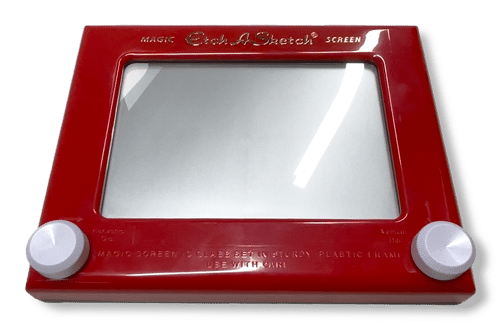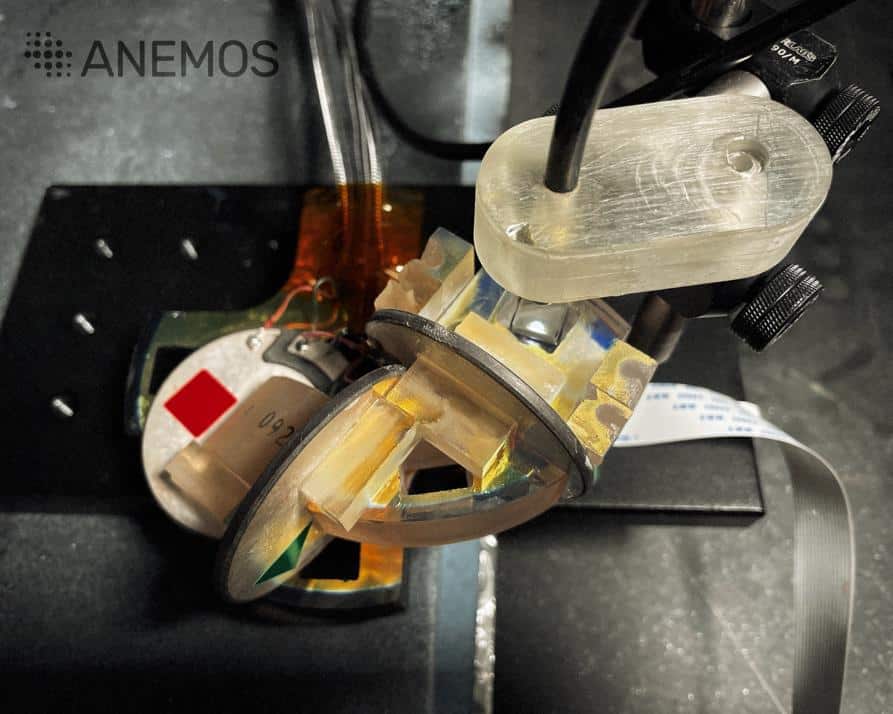Pico Demo
This real time web demo shows full 6DoF MAPS in action with simple interactive nanopositioning or automatic shape scanning at picometre resolutions.
Measured system noise is at approximately 100 pm and sub-nanoradian levels using a basic home-grown nanopositioning stage. MAPS intrinsic noise would be expected to be a fraction of system noise. While our demo lab environment is not quite NPL standard, Pico-Demo performance approaches the excellent results of our joint experiments.
Playing nano-scale Etcha-a-Sketch can be fun, and it’s easy to forget things are moving in sub-atomic increments!
MAPS setup
The customised MAPS configuration here is from Anemos’ Sirocco nanotech product line. Sample rate is set to 2 Hz and the quartz glass, 5 µm pitch, reference scale is cut to a 1 cm tab and mounted on a Zerodur cradle with through-scale LED illumination delivered by light-pipe.
Nanopositioning stage
The stage was thrown together using Zerodur offcuts from another project, low cost ($3), piezo disks, and superglue (see picture). While its performance is nonetheless remarkable, it has no intended utility outside this experiment – MAPS is the focus here – and is currently being rebuilt to further improve performance.
Movement is generated by piezo disc actuators driven open loop by “32-bit” D/A converters at a few volts of swing achieving just a few nanometres of maximum travel. This generates extremely high-resolution motion without electrical noise or servo loop stability (hunting) being primary concerns. However, some hysteresis, and other effects remain. Zerodur angle blocks provide xyz axis linkages built over a base slab which largely mitigates thermal effects. However, piezos and MAPS components in the kinematic path are not completely immune from environmental fluctuations.
Lab environment
The setup is placed inside a foam insulated cabinet on an isolated optical bench. The room is a closed space, not actively temperature controlled, though thermally isolated – cave-like conditions provide gentle temperature swings. Also, the remote location provides an unusually low-vibration environment (except for occasional low-flying helicopters).

